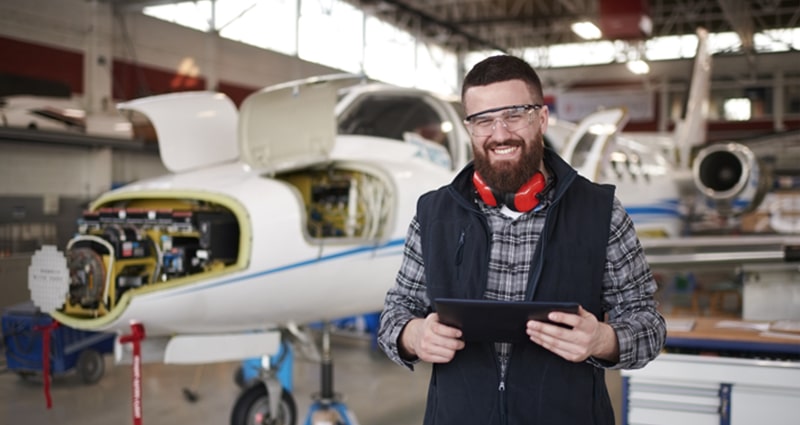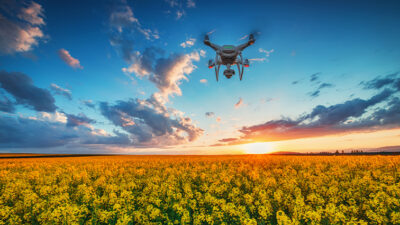When Systems Fail: Overcoming Systemic Comfort Zones and the Rebirth of Self-Reliance

In the last week, I found myself smack dab in the middle of the plunging polar vortex that took power, heat, water and the ability to travel away from millions of people in Texas (including my family). This has become the focal point of a national debate about electrical grid reliability across the nation.
A Brief History of Electrical Power in Texas
Texas is unique in many ways, one being that it is not linked to any of the national power grids. As you might expect, this is due to the stubborn independence of the natives, who chose to stay independent with their own power generation as far back as the 1880s.
Shortly after Edison opened its first power generation plant in Manhattan in 1882, power plants began popping up in Texas, and Texans decided to link them together and stay independent from any national efforts. It worked pretty well, even after FDR signed the National Power Act in 1935 creating the Federal Power Commission.
Since the Texas grid did not cross any state lines, the decision was made not to sell or receive any power to or from those outside the state. Freedom from regulation—at least the federal kind—was and remains the goal of many Texans to this day.
Fast forward to February 2021, when the deepest freeze in over a century put the system under a stress test it could not pass. The lights and heat went out, the water systems froze, the roads iced over and people and livestock started dying. Some citizens were better prepared to deal with this than others, and that is the focus of this article.
The Truth About Systems
To put the bottom line up front, all systems can fail, and when they do, there is no time to go back and resupply or learn new skills to deal with a stark new reality. At the moment of truth, you either are ready or you are not—with various shades of grey in between.
The same holds true for the systems we rely on every day in aviation—technology, air traffic control systems, regulatory oversight systems, a supply chain for parts, fuel, and other necessities and, of course, safety and quality management systems that provide us with a safe working environment. Like Texans before the freeze, we feel comfortably nested inside a cocoon of safety provided by others.
This concept of guaranteed safety is an illusion, and a dangerous one. We must never forget the reality of what we do.
We are flying in eggshells built of composites and various metals, invisibly tethered to ground support systems, at altitudes where the time of useful consciousness can be measured in seconds should something go wrong. We navigate around thunderstorms that contain lightning whose temperatures exceed the surface of the sun, and fly from point to point to land on tiny ribbons of concrete in far away places.
All of the things we operate and that support us are engineered, manufactured, maintained and operated by the imperfect minds and hands of humans. And we call it routine.
Sooner or later, parts of these systems will fail, and when they do, we will play the game with the cards we have dealt ourselves through our preparation, our training and our ability to either seize the moment confidently, or succumb to the surprise.
Making Lists and Moving Forward
As we have weathered the storm down here on my South Texas ranch, I’ve made a list of the things I wish I had stored up before the storm hit. A few hundred feet of electrical heat tape might have kept the well running and my water supply lines from breaking. A nice 27kW propane home generator has been on my mind for a while now, but never seemed to get to the top of my “need to do next” list.
But these material things pale in value to what I did come into this situation with—enough knowledge of my systems to create a stable, if temporary, bridge to get through it, and the confidence born of my upbringing and aviation training that taught me how to prioritize tasks in any emergency and get to work, rather than lamenting the situation we find ourselves in and waiting for someone to rescue us.
I will take the lessons from this event as I have all others: learning from my mistakes and trying to see around the next corner to prepare for an unknowable future. But you don’t have to suffer through a deep freeze power grid failure to do these things.
Think about what you rely on without question, then question what you would do if it failed you. When you have mentally run through the worst-case scenarios, you are well on your way to overcoming the complacency that is the nasty byproduct of working in a system as safe as aviation.
Stay warm and fly smart.

Convergent Performance is uniquely dedicated to reducing human error in high risk environments.
http://www.convergentperformance.com/
© 2025 Convergent Performance. All Rights Reserved.
Next ArticleRelated Posts

Part 108: The Next Step in BVLOS Integration and Drone Innovation
As the drone industry awaits the Federal Aviation Administration’s (FAA) forthcoming Part 108 regulations, the landscape of Beyond Visual Line of Sight (BVLOS) operations stands on the brink of transformation. These anticipated rules aim to standardize BVLOS flights, enabling more complex and expansive drone missions across various sectors.

Giving the Hazard Log the Attention It Deserves
Safety risk profile. Hazard log. Hazard risk register. Whatever you call it internally, one thing is clear: It is a fundamental requirement in your safety management system.

